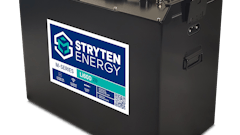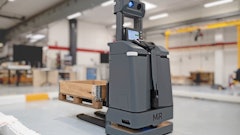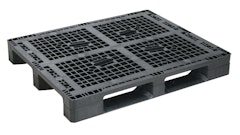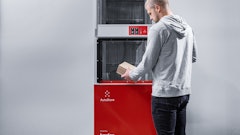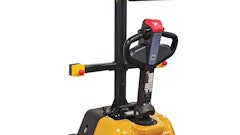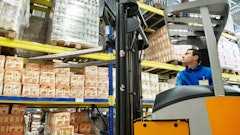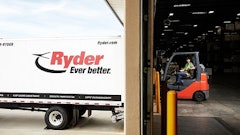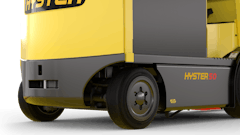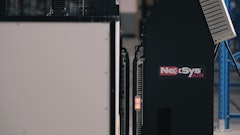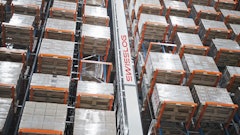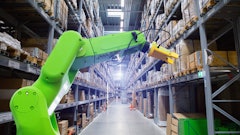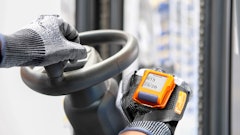Schenck, like many distributors, faces high labor turnover rates, so there is a consistent need to train new pickers. And training takes time'time to get the pickers used to the equipment, warehouse layout and special customer requirements.
These customer requirements include such things as special pallet sizes. Other requirements help both the customer and the delivery driver. For example, to expedite receiving at the customer back door, six-packs that need to be pulled from their cases for scanning are stacked near the top of the pallet.
'Meeting customer requirements is the most important thing we do,' says Jeff Schenck, the owner of the company.
Yet the critical link in customer service is the picker, in many instances, one of Schenck's newest employees. Puglia realized that to meet high customer service goals and enhance productivity would require a new approach to picking. Central to this was providing the picker with good guidance of what to do and how to build good, damage-free pallets. And do it fast.
Schenck decided to implement AutoPalletP3, a system from Warehouse Optimization LLC, a unit of Moore & Associates, a consulting firm based in Nashville, TN. AutoPalletP3 had been developed for Procter & Gamble Co. in 1992 and is now in use in its sites around the world.
AutoPalletP3 is a system that mimics what the best picker would do. Using more than 20 different rules to manage such items as stacking preferences, like putting stronger cases on the bottom, the software is configurable to provide the right balance between such rules as make good stacks and minimize travel distance.
AutoPalletP3 claims it makes the new picker as good as the best order selector. In this way, AutoPalletP3 can deliver all kinds of improvements from enhanced accuracy, 10 percent to 20 percent faster picking and substantially reduce damage.
To validate these claims, Puglia and Schenck's IS director, Jay Trombly, spent time with one of Warehouse Optimization's customers. They were quickly convinced they had found the solution.
'The software does all the thinking for the picker. It designs the pallets the way the customer wants them and is configurable to do such things as remember to put the six-packs on top. As importantly, AutoPalletP3 guides the pickers around the warehouse efficiently to make a good, stable, damage-free stack.
'Installation was relatively simple from a systems perspective,' notes Trombly. 'We send the order data to AutoPalletP3, it turns it into pallets and provides the sequenced pick list to the order selector.
You can adjust the software to do almost anything,' warehouse manager Hunter Sprague adds.
Schenck has already seen some impressive improvements in productivity. 'New picker learning curves are much quicker. We have people up to speed in a few days. Overall productivity with AutoPalletP3 is up 35 percent, far more than Warehouse Optimization ever claimed. As impressively, these increases took less than a month. While a portion of this improvement came from the significantly reduced learning curve for new employees, a lot came from experienced pickers. They now recognize AutoPalletP3 as a productivity tool,' says Puglia.



